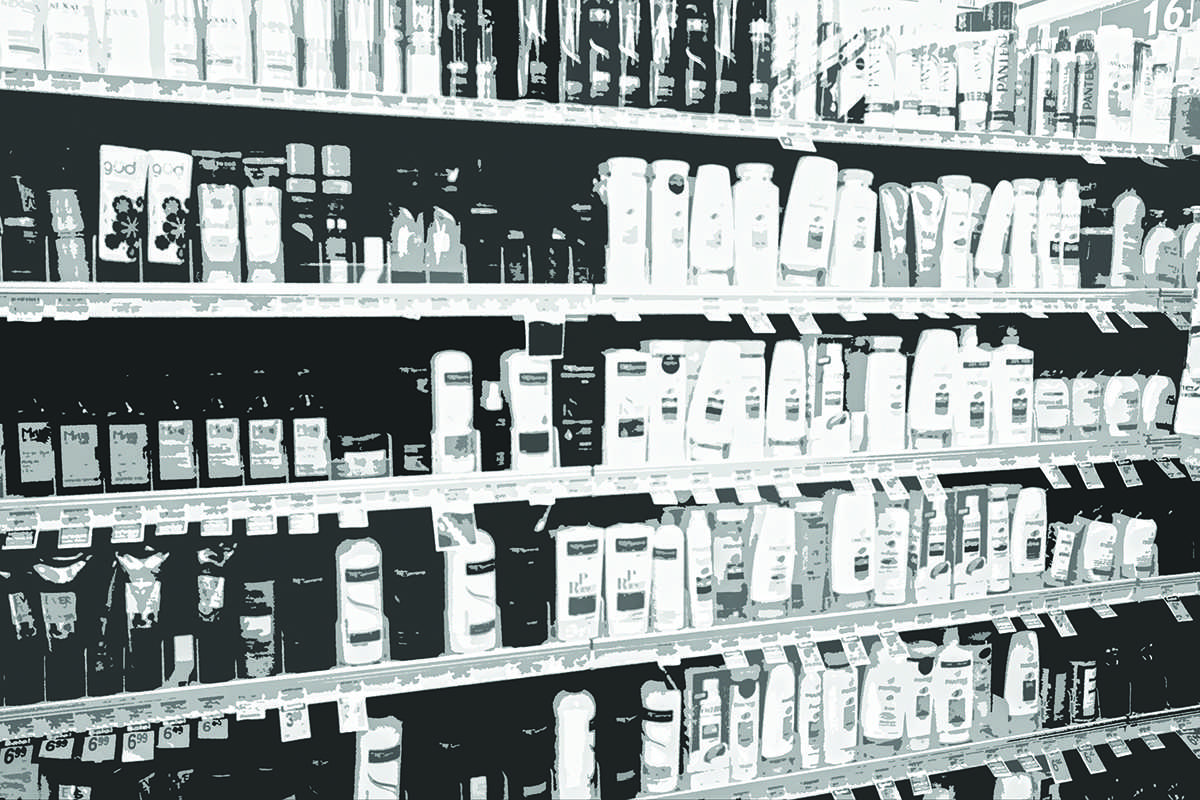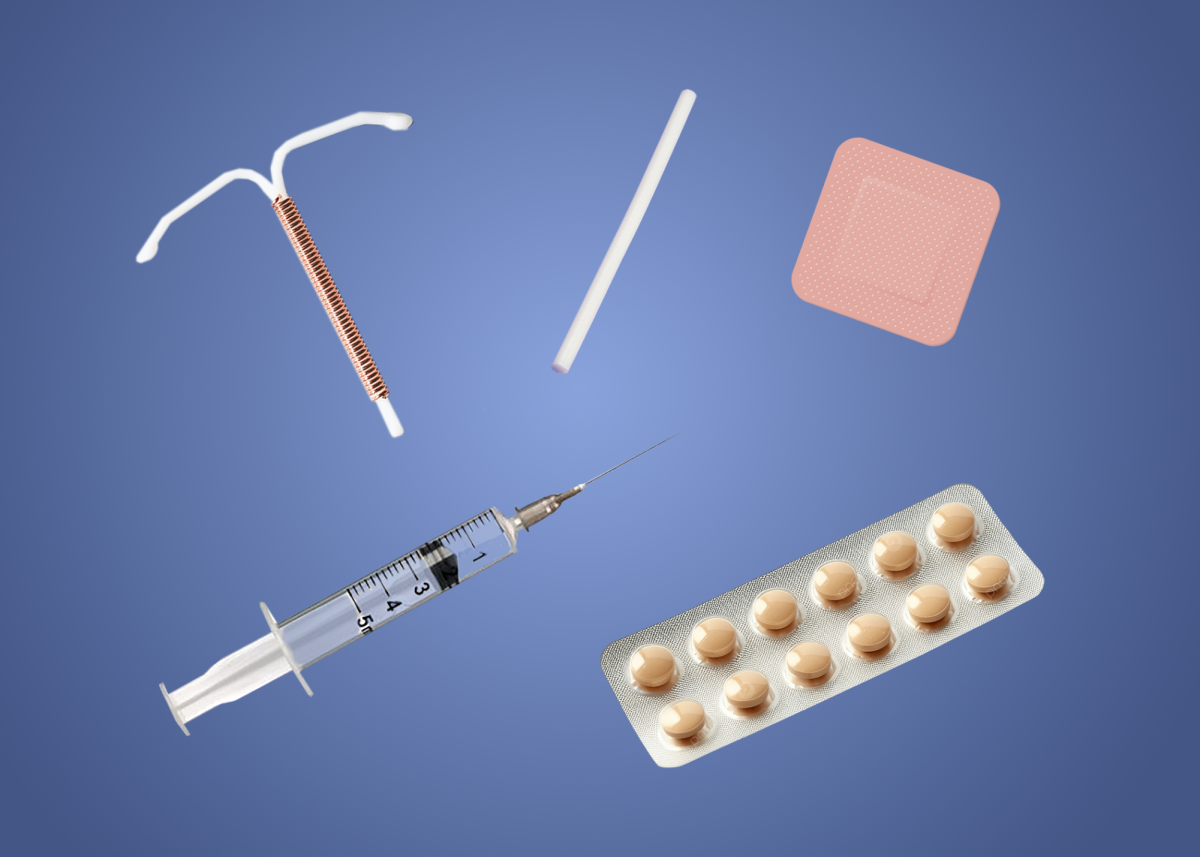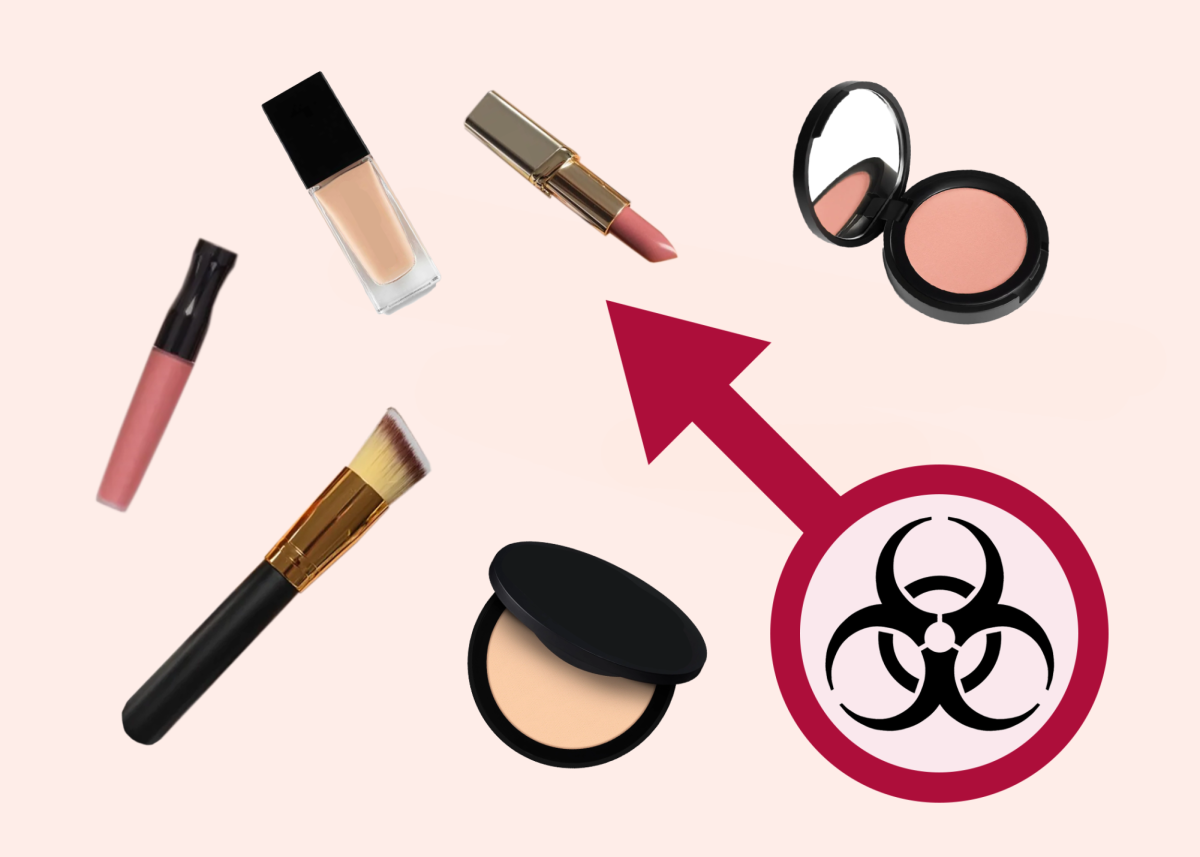Not only do women get payed less. National “Pink tax” proves that women’s items cost more.
Women are rumored to be expensive, new research proves this as true. The “pink tax” is the extra charge women pay for certain products or services
Research from the New York City Department of consumer affairs states that products for women and girls cost seven percent more compared to products for boys. Not only do women have to pay more in brand stores but also in online retail and often fetch less money as a seller.
On average women pay 7% more for toys and accessories, 4% more for children’s clothing, 8% more for adult clothing, 13% more for personal care products, and 8% more for senior/home health care products.
According to the Institute for women’s policy research women on average continue to earn less than men. In 2015, female full-time employees made only 80 cents for every dollar earned by men making a gender wage gap of 20 percent. This pay gap makes it harder to pay for equally priced products let alone prices that are increased.
 The Institute for women’s policy research updates the gender twice per year. According to their research, if change continues at the same exact pace as it has done for the past fifty years, it will take 44 years, until 2059, for women to finally reach pay equality. For women of color, the rate of change is even slower, with hispanic women not reaching equality until 2233 and black women will have to wait until 2124. Although the wage gap closing is predicted to be 16 years earlier in the year 2043.
The Institute for women’s policy research updates the gender twice per year. According to their research, if change continues at the same exact pace as it has done for the past fifty years, it will take 44 years, until 2059, for women to finally reach pay equality. For women of color, the rate of change is even slower, with hispanic women not reaching equality until 2233 and black women will have to wait until 2124. Although the wage gap closing is predicted to be 16 years earlier in the year 2043.
“If women are making less and then at the same time also being charged more for the same kind of products, that’s really a travesty” said Julia Menin, former commissioner of NYC’s DCA.
The academic journal “Science advances” published a study showing that on average eBay products sold by women are sold at lower prices than the same products sold by men, even when the sellers’ reputations are equal. This gap is on average 80 cents from a woman to a dollar of a mans price.
The State of California released a study In 1994 that estimated that women paid an annual “gender tax” of about $1,351 for the same services as men.
“Brands are conscious that women shoppers are more discerning and they’re willing to pay more for the products they love” said Marketing and branding expert Mike Jackson.
But the store isn’t the only place that discriminates women by a price increase. Dry cleaners are yet another place women will pay more for the same service. Men’s shirts cost an average of $2.86 to be cleaned and women’s cost $4.95. Adding to that list is home mortgages, hair cuts, and cars.
But there are instances when women pay less then men. “Ladies night” at a bar for example, is when women get in free but men pay admission is one of them. Car insurance is another: Men pay an estimated $15,000 more over their lifetime for car insurance than women do, according to insurance comparison site CoverHound.com.
“I don’t see this going away anytime soon, because the dialogue in our culture is that men and women are different — we call each other the ‘opposite sex,’” said Nicholas Guittar, an assistant professor of sociology at the University of South Carolina Lancaster. He also pointed out pricing differences don’t bother Americans enough for people to rebel against them. “Gendered pricing disparities will persist despite the presence of increased gender equality in society.”







